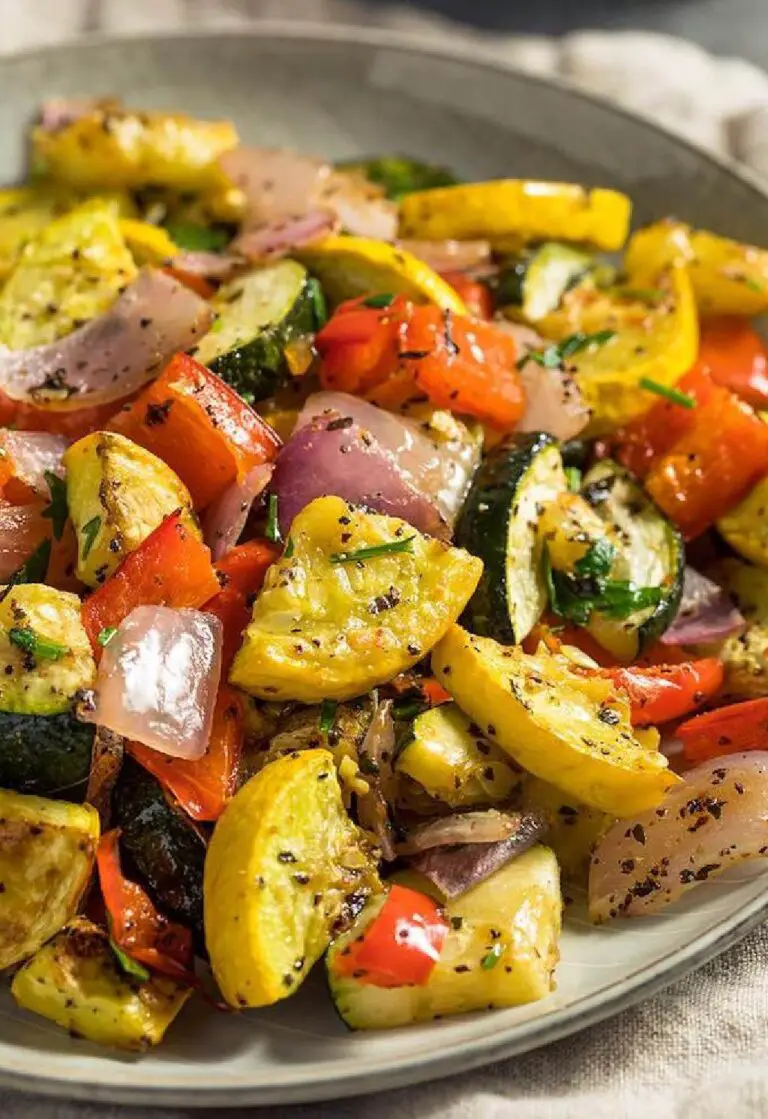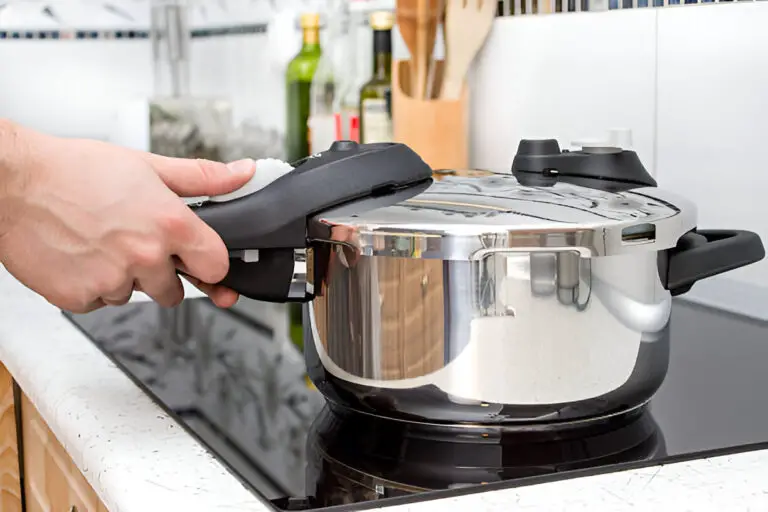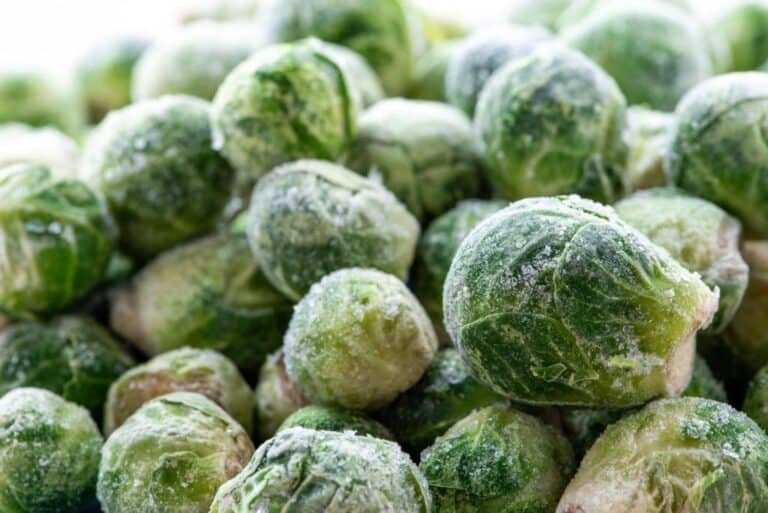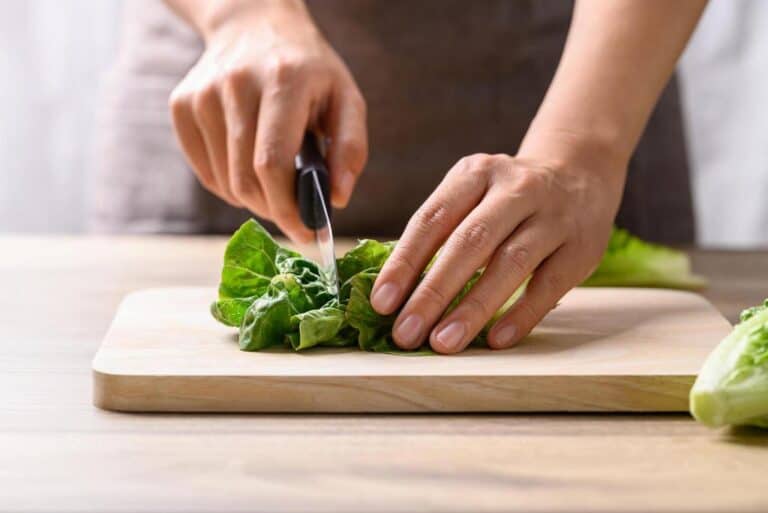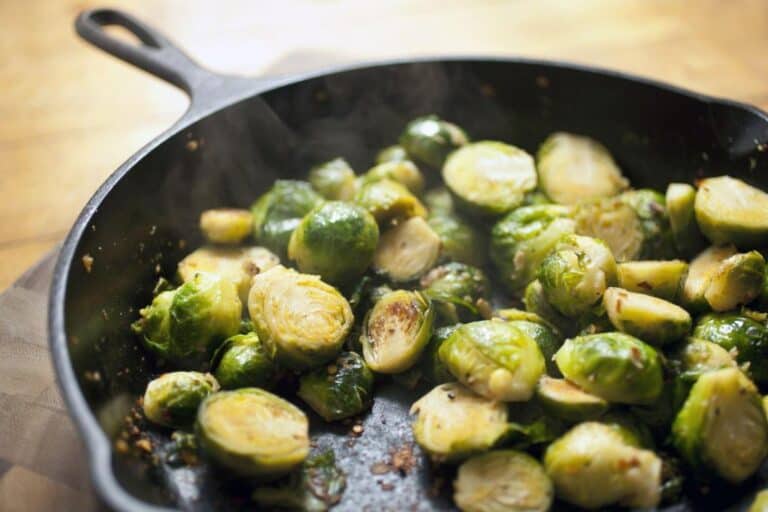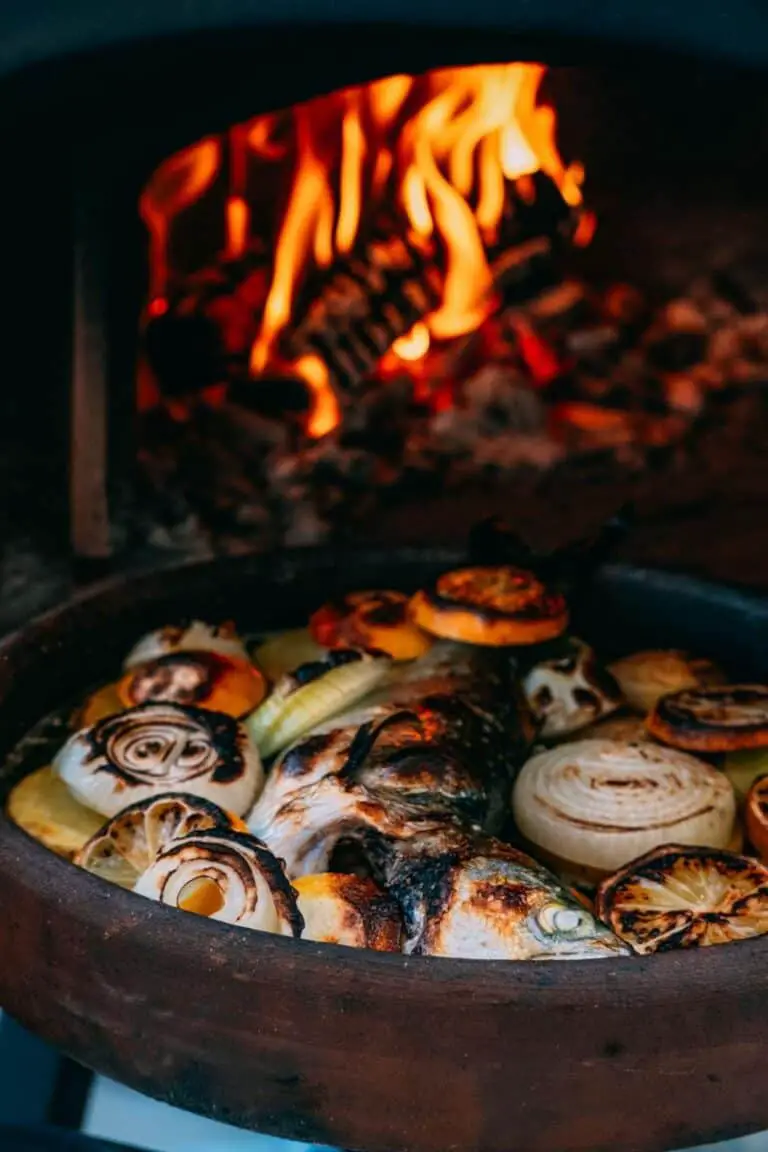How to Reheat Quinoa Without a Microwave and Oven
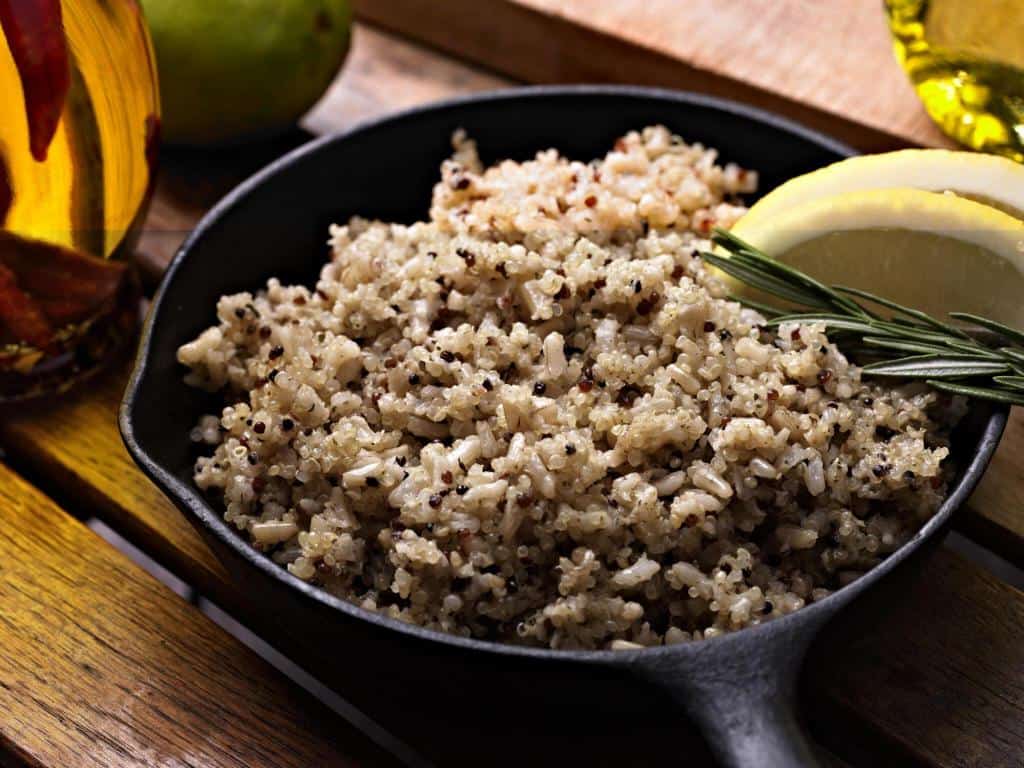
In the hustle and bustle of our busy lives, convenience often takes center stage in our cooking routines. The microwave has become an indispensable tool for reheating leftovers quickly and effortlessly. But what about those who have chosen to turn away from this modern culinary marvel?
Whether it’s concerns over radiation exposure or a desire to embrace more traditional methods of cooking, many individuals are opting out of using microwaves altogether.
For those on the quest for alternative ways to reheat their meals, we turn our attention today to quinoa lovers. This mighty grain has taken the health food world by storm with its impressive nutritional profile and versatility in various dishes. However, when it comes time to enjoy leftover quinoa without a trusty microwave or oven nearby, finding suitable reheating techniques can be challenging.
Fear not! In this article, we will explore some exciting alternatives that will ensure your quinoa stays warm and delicious without compromising its taste or texture. So why limit yourself to one method when there are a whole world of options waiting for you? Let’s dive in and discover alternative ways to reheat quinoa like never before!
Why Do You Need to Reheat Quinoa?
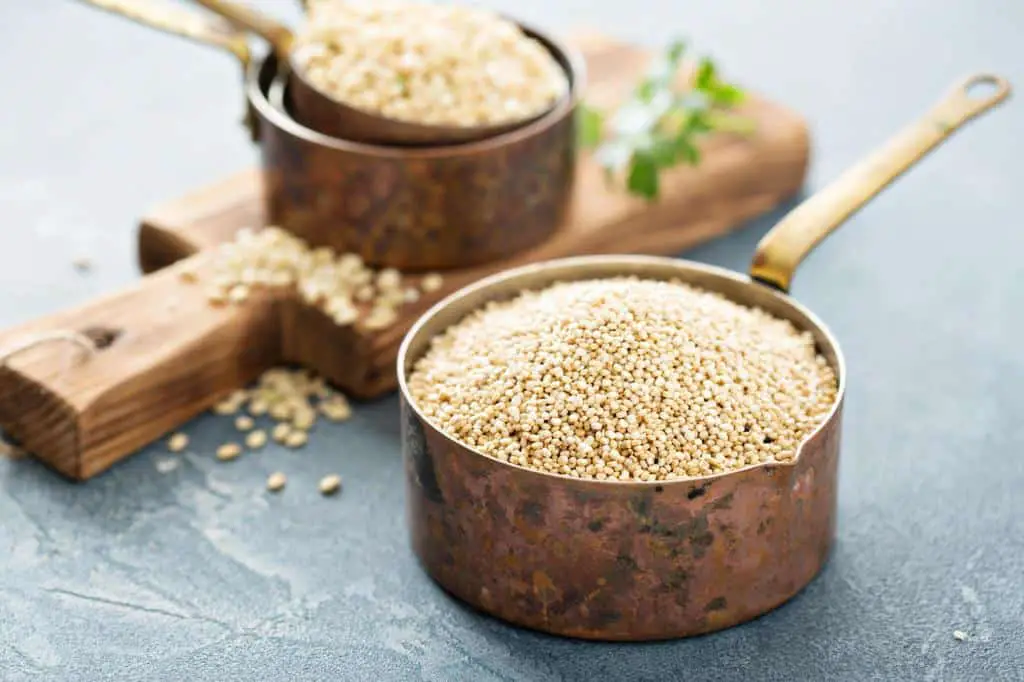
Reheating quinoa may seem like an unnecessary hassle, but it is actually key to preserving its flavor and texture. When quinoa is refrigerated, it can become dry and lose its original moisture, making it less enjoyable to eat. Reheating allows the quinoa to regain some of that lost moisture and revives its fluffy texture.
Moreover, reheating quinoa can also help kill any bacteria or microorganisms that may have developed during storage. Quinoa is a perishable food item and can develop harmful bacteria if not stored properly or left at room temperature for too long. By thoroughly reheating the quinoa, you can ensure that it is safe to consume without risking foodborne illnesses.
In addition, reheating quinoa gives you the opportunity to enhance its flavor by adding different seasonings or mixing in fresh herbs. The gentle heat of reheating allows these new flavors to infuse into the grains, creating a more dynamic and delicious dish than simply eating leftover cold quinoa. So next time you have leftover quinoa in the fridge, remember that taking a few extra minutes to reheat it will not only improve its taste and texture but also make it safer to eat.
Why Reheat Quinoa Without a Microwave or Oven?
Reheating quinoa without using a microwave or oven can be a game-changer for those seeking convenience and efficiency in the kitchen. By exploring alternative methods such as steaming or sautéing, you open up a world of flavors and textures that are often lost when using traditional reheating methods.
Steaming quinoa not only preserves its delicate nutty taste, but also maintains its fluffy texture, avoiding the common pitfall of dry or rubbery leftovers. Similarly, sautéing quinoa with a touch of oil and herbs can breathe new life into this superfood, infusing it with an enticing aroma and complex flavors that might surprise even the most discerning palate.
Moreover, by embracing unconventional reheating techniques for quinoa, you can tap into diverse cultural culinary practices that bring fresh inspiration to your table. For instance, steaming quinoa in bamboo baskets mimics the age-old Asian cooking tradition and imparts an earthy fragrance to the grains.
Similarly, sautéing quinoa with Mediterranean spices pays homage to the vibrant cuisine of southern Europe while adding depth to this versatile ingredient. These non-traditional reheating methods not only elevate the dining experience but also foster a sense of exploration and creativity in your approach to cooking.
| Also read: Can You Reheat Quinoa Twice? |
Using a Stovetop for Reheating Quinoa
Reheating quinoa on the stovetop is a straightforward and effective way to enjoy its delicious flavors without relying on a microwave. To begin, start by searching for a non-stick skillet or saucepan that can accommodate the amount of quinoa you want to reheat. This will ensure even heat distribution and help prevent sticking or burning.
Once you have your skillet ready, place it over medium heat. Allow for a minute or two before adding to reheat leftover quinoa. Spread out the quinoa evenly across the pan’s surface so that it heats up consistently.
You may choose to add some moisture to prevent dryness during reheating. One option is to sprinkle a small amount of water directly onto the quinoa before covering it with a lid or aluminum foil. Alternatively, you can mix in vegetable broth or olive oil as desired for added flavor.
Next, cover your skillet with either a tight-fitting lid or aluminum foil to trap in steam and promote thorough heating. Let it cook undisturbed for about 5-7 minutes until heated through, occasionally stirring if necessary.
The stovetop method offers more control compared to other methods since you can adjust the heat levels based on your preference while cooking your favorite grain dish, like fluffy rice pilaf! Plus, using this technique allows you an opportunity for experimentation by introducing herbs and seasonings during reheating—elevating both taste and aroma considerably!
Skillet Pan Method to Reheat Quinoa
Another great option for reheating quinoa without a microwave is using a skillet or pan. This method may take a bit longer than the microwave, but it allows for more control over the heat and can lead to better results in terms of texture and flavor.
To begin, choose a sturdy skillet or frying pan that heats evenly. Non-stick pans are ideal, as they prevent the quinoa from sticking to the surface. Cast iron pans also work well, providing even heat distribution and adding a slight hint of smokiness to the dish.
Once you have your pan ready, add enough oil or butter to lightly coat the bottom. This will help prevent sticking and enhance the taste of your reheated quinoa. Next, transfer your leftover quinoa into the preheated skillet and spread it out evenly with a spatula or spoon.
Adjusting the heat is crucial when using this method. Start by setting your burner on medium-low heat – too high a temperature can result in burnt edges, while undercooking at a low temperature may leave you with cold spots in your quinoa. Allow it to warm up slowly, occasionally stirring gently to ensure even heating throughout.
Remember that patience is key! It may take around 5-7 minutes for your quinoa to fully reheat, depending on how much you are warming up and how hot your stovetop gets. Once heated through, remove from heat promptly to avoid any further cooking or drying out of the grains.
With just some simple adjustments in tools and technique, utilizing a skillet or pan can become an effective alternative for warming up leftovers like quinoa without compromising its quality.
Steaming Quinoa on the Steam Basket, Colander, and Sieve
One gentle and effective method for reheating quinoa without a microwave is through steaming. Steaming allows the grains to heat up slowly, helping them retain moisture and preventing them from drying out. This ensures that your quinoa remains fluffy and flavorful, just like when it was freshly cooked.
To steam quinoa, you’ll need a steam basket or an alternative setup for steaming. A steam basket can be easily set up in a saucepan or pot by adding water to the bottom of the pan and placing the steam basket on top. Make sure that the water does not touch the bottom of the steam basket, as this can cause uneven heating.
If you don’t have a steam basket, there are alternative methods you can try. You can still reheat it without a steamer. One option is using a colander or sieve placed over boiling water in a saucepan. Simply cover the colander/sieve with a lid to trap the steam while reheating your quinoa. Another option is using an oven-safe dish covered tightly with aluminum foil to create a makeshift steamer.
Steaming your leftover quinoa will give you beautifully heated grains that retain their original texture and flavor without any dryness. It’s definitely worth giving this method a try if you’re looking for an easy yet effective way to reheat your quinoa without relying on microwaving tactics!
Using a Rice Cooker for Reheating Quinoa
Are you tired of reheating quinoa on the stovetop or in the microwave, only to end up with unevenly heated, soggy results? Enter the rice cooker, a versatile kitchen appliance that can also work wonders when it comes to reheating quinoa. The steam and heat distribution in a rice cooker can help bring your leftover quinoa back to life, retaining its fluffy texture and nutty flavor.
To use a rice cooker for reheating quinoa, simply add your leftover quinoa to the inner pot of the rice cooker, along with a splash of water or broth to help prevent dryness. Close the lid and turn on the rice cooker for a few minutes until the quinoa is evenly reheated.
The result is perfectly heated quinoa that tastes just as good as it did when it was freshly cooked. This method not only saves time but also helps reduce food waste by giving new life to leftovers.
Instant Pot Method to Reheat Quinoa
The Instant Pot has become a staple in many kitchens for its quick and efficient cooking methods. However, it can also be a game changer when it comes to reheating leftover quinoa. Unlike traditional methods that often leave quinoa dry or clumpy, using the Instant Pot to reheat quinoa ensures that each grain stays fluffy and moist.
One key tip is to add a splash of water or broth to the Instant Pot with the leftover quinoa before reheating. This helps create steam, which prevents the quinoa from drying out as it heats up. Additionally, using the steam function on the Instant Pot for just a few minutes can revitalize cold, leftover quinoa into a warm and satisfying dish without compromising its texture or flavor.
Another benefit of reheating quinoa in an Instant Pot is that it’s hands-free. Once you set the time and pressure level, you can step away and attend to other kitchen tasks while your quinoa reheats perfectly. This makes it an ideal method for busy individuals who want a convenient way to enjoy their leftovers without sacrificing quality.
Best Tips to Reheat Quinoa and Maintain its Taste and Flavor
Reheating quinoa while maintaining its taste and flavor can be a delicate process, but with the right tips, you can ensure that your quinoa remains delicious. Here are some of the best tips for reheating quinoa:
- Add Moisture: Quinoa tends to dry out when reheated, so adding a bit of moisture can help retain its fluffy texture. You can add a splash of water, broth, or even a drizzle of olive oil before reheating.
- Use Low Heat: When reheating quinoa on the stove, use low heat to prevent it from burning or drying out. Stirring occasionally can also help distribute the heat evenly.
- Cover While Reheating: Covering the quinoa with a lid or foil while reheating can help trap steam, keeping the quinoa moist and preventing it from drying out.
- Add Flavorful Ingredients: Enhance the taste of reheated quinoa by adding flavorful ingredients such as herbs, spices, citrus zest, or a squeeze of lemon or lime juice.
- Avoid Overheating: Overheating can cause quinoa to become mushy and lose its texture. Heat just until warmed through for the best results.
By following these tips, you can reheat quinoa while maintaining its taste and flavor, ensuring that it remains a delicious and nutritious addition to your meals.
Conclusion:
In conclusion, we have explored several alternative methods for reheating quinoa without depending on a microwave or oven. From stovetop to oven and even using the steamer basket of your rice cooker, there are countless options available to suit every home cook’s preferences. It is important to remember that experimenting with different techniques will allow you to find your preferred method, ensuring both food safety and optimal flavor.
When reheating leftover quinoa, it is crucial to maintain its original texture and taste. The last thing we want is mushy or dry grain! By following the various methods discussed in this article, you can ensure that your quinoa remains fluffy and delicious with every reheat. Don’t be afraid to give each technique a try—play around with cooking times and make adjustments based on your own experience.
Remember, breaking away from the norm and exploring alternative reheating methods not only expands our culinary horizons but also contributes towards reducing our reliance on microwaves. So go ahead, get creative in the kitchen! With these tips and tricks up your sleeve, you’ll have perfectly heated quinoa ready for any mealtime craving without ever needing a microwave again.

